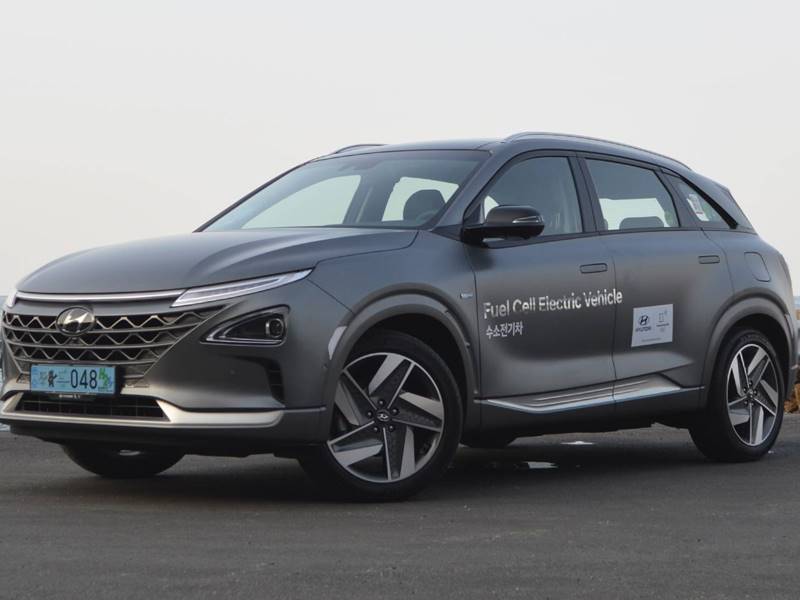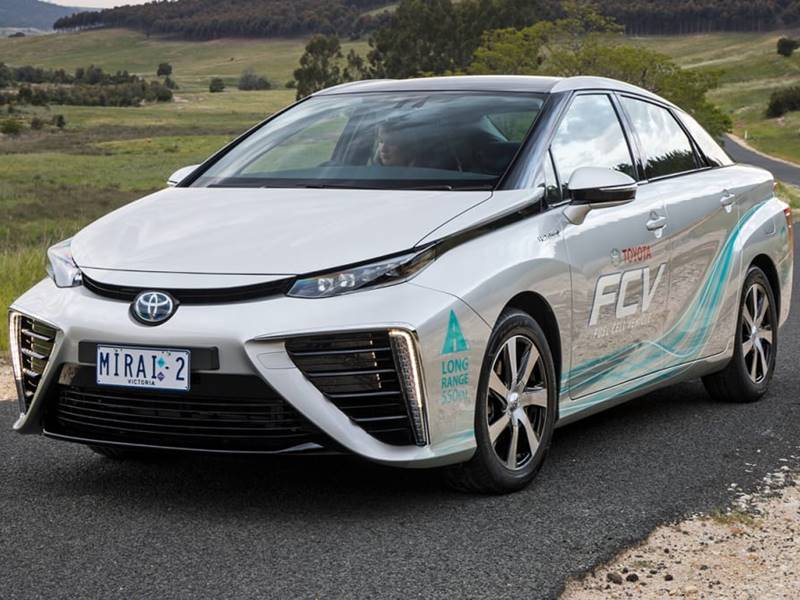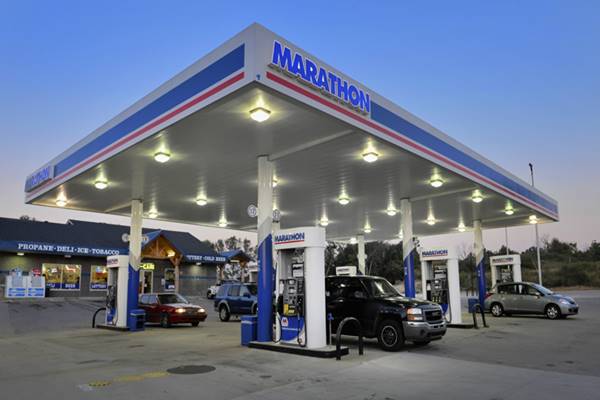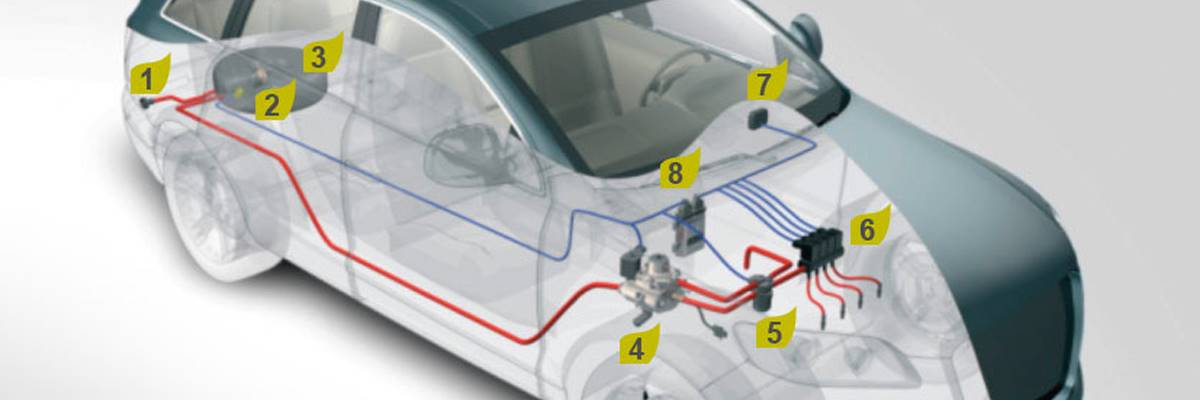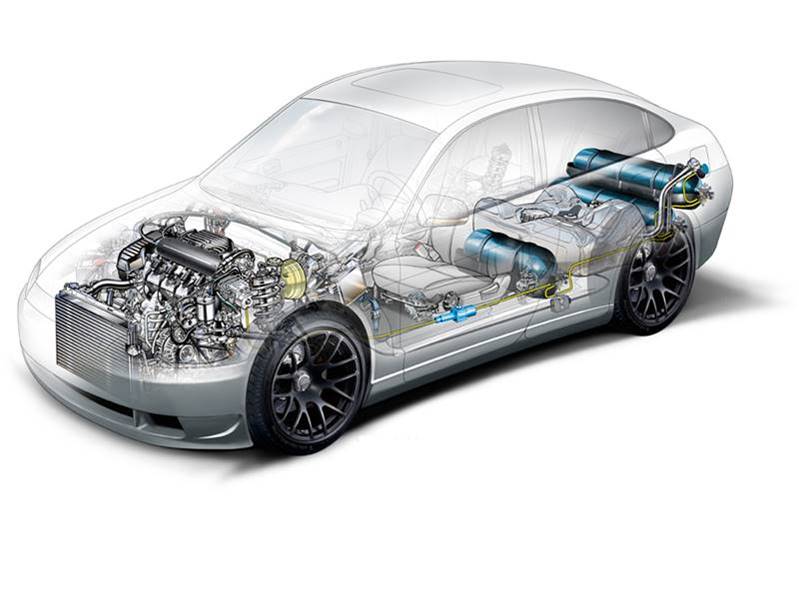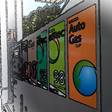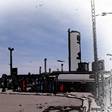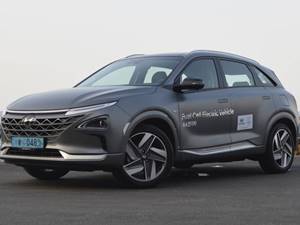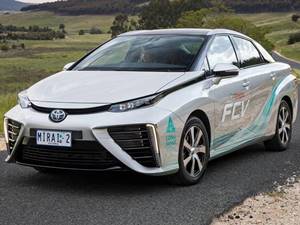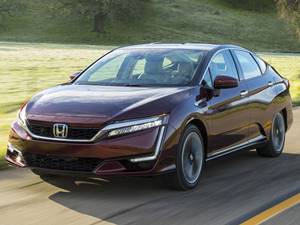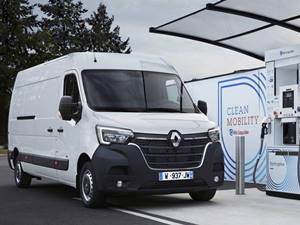new Hydrogen cars in australia in

Fuel Cell Vehicles (FCV) or Hydrogen Fuel Cell Vehicles are a potential option for reducing emissions from the transportation sector. The combustion of fossil fuels to power conventional vehicles releases GHG emissions and other pollutants from the vehicle's exhaust system (i.e., "tailpipe" emissions). In addition, there are also emissions associated with the production of petroleum-based fuels (i.e., "upstream" emissions), especially emissions from petroleum refineries. FCVs do not emit tailpipe GHGs or other pollutants during vehicle operation, and depending on how the hydrogen is produced, there may be substantially lower GHG emissions associated with hydrogen fuel production.
Fuel cells are already used to generate electricity in other applications, such as in spacecraft and in stationary uses, such as emergency power generators. Although the fuel cell concept was developed in England in the 19th century, the first viable fuel cells were not manufactured until much later, in the 1950s. During this time, interest in fuel cells increased as NASA began looking for ways to generate power for spaceflight.
However, several key hurdles must be overcome before large-scale introduction of FCVs is possible. These challenges include hydrogen production, distribution and storage, fuel cell technology and overall vehicle cost.

In the long term, the reduction in overall emissions from the transportation sector attributable to FCVs will depend on the total number of vehicles in use. A 2008 study by the National Academy of Sciences (NAS) provides a measure of the GHG emission reduction potential of FCVs. The NAS study estimated the maximum practicable penetration rate for FCVs in the United States in the 2008 to 2050 timeframe. The study projected that FCVs could account for approximately 2 million vehicles, out of a total of 280 million light-duty vehicles, in 2020, and would grow rapidly thereafter, increasing to 25 million vehicles by 2030.
At present, there is no nationwide system for supplying hydrogen from production facilities to refueling stations, similar to that for diesel or gasoline. A completely new distribution infrastructure will be needed to enable the mass penetration of hydrogen cars into the Argentine market.
new Hydrogen cars in australia
We are not aware of any model offered with H2.
But here you can learn more about hydrogen systems for traditional engines.

